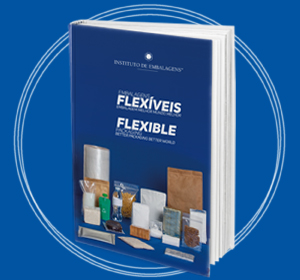ABOUT THE FLEXIBLE PACKAGING BOOK
As the population urbanizes, the need for packaging increases. Among all, flexible packaging is the fastest growing in the world. Demand for flexible packaging (paper, aluminum, and plastics) will reach 39.54 million tons by 2026, according to a report by Smithers.
The growth is mainly driven by the food segment, the main market for the application of flexible packaging. Also, to meet the demand for packaging refill of personal hygiene and cleaning products.
The expansion of flexible packaging is justified, since it is the option that offers an adequate barrier, besides being lighter, more efficient, and competitive. To compensate for these advantages, the flexible packaging industry, starting from its raw materials, needs to review its positions in relation to the issue of the Circular Economy.
Flexible packaging is less recycled because of all the difficulties from domestic sorting to the competitiveness of recycling.
The intention of this publication is to update the information about raw materials, processes, equipment. It is to present innovations, new opportunities, and some possible ways to improve this delicate relationship between flexible packaging and the environment.
The challenge is enormous, but so is science. It is important to clarify the situation and the awareness of the whole society, so that, together, we can address the solutions, which will be several. It is mandatory to start working for an effective circular economy for this type of packaging, that saves so much food, in a way that we can have:


